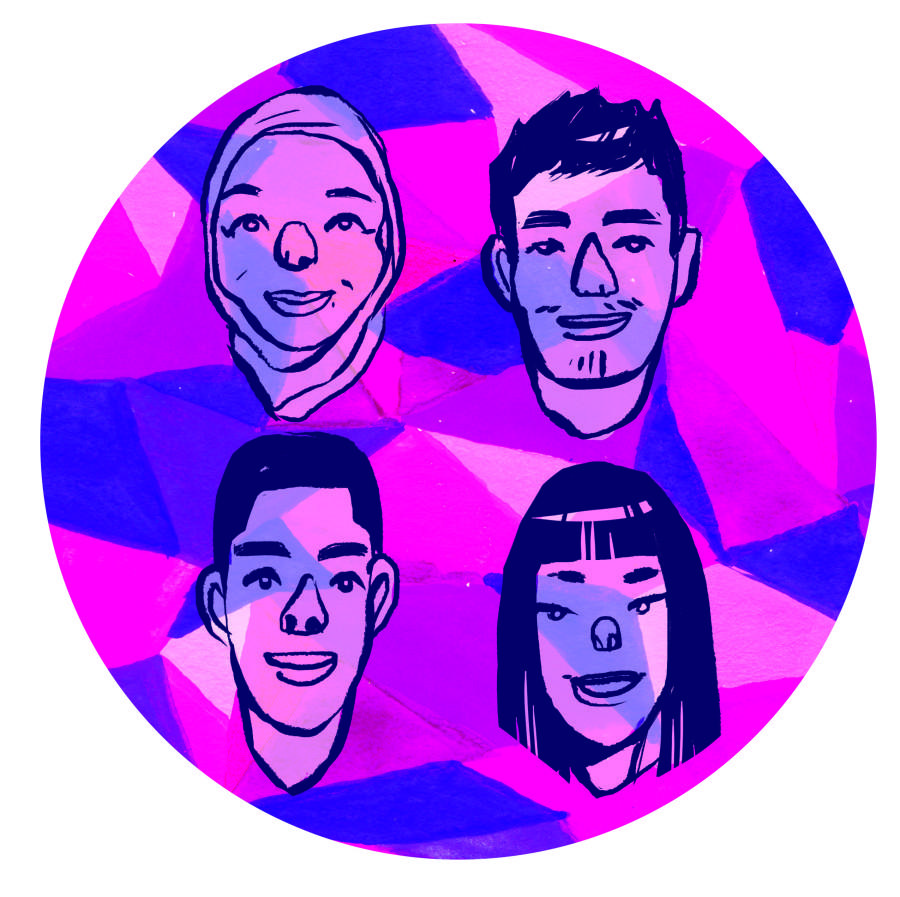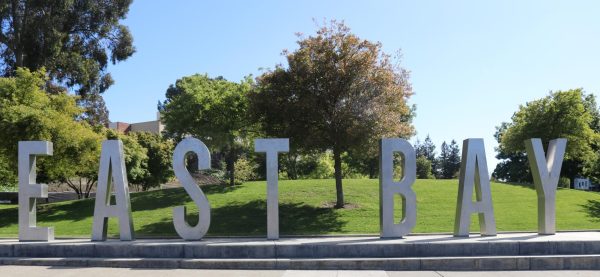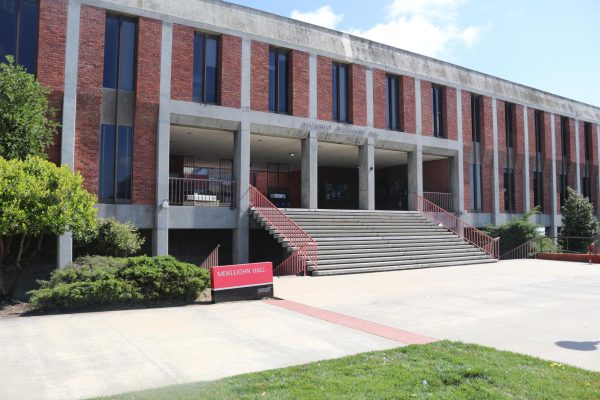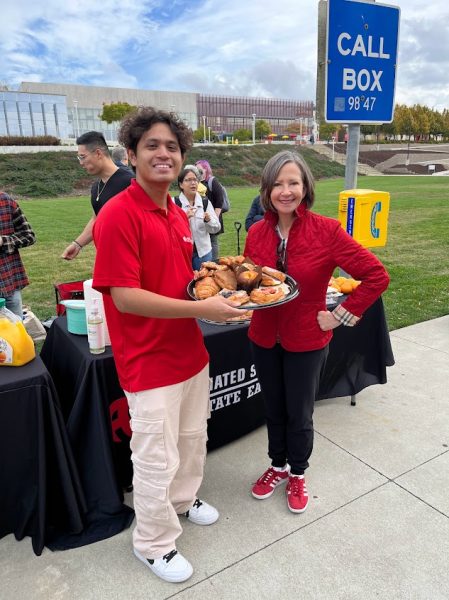Program provides mentors to students
March 19, 2015
After the Office of University Diversity was founded at California State University, East Bay on July 1, 2013, several programs were formed through the office to provide diversity to the school and surrounding communities to tackle low graduation rates.
One of the programs developed by the office was the Kaleidoscope Mentoring Program, which officially began on Sep. 24, 2014. The program provides African American CSUEB students with a faculty or staff member at the school as a mentor. Despite being geared towards African Americans, the program is open to students of all ethnicities and race is not a question on the application.
One of the primary reasons for the formation of the office and the mentoring program were the graduation rates of African American and Latino students at CSUEB. Just 25 percent of African American and Latino students graduate over six years, while 46 percent of all other ethnicities graduate over the same time span at CSUEB.
“This is an underserved community in the East Bay,” Associate Vice President of Student Affairs and Dean of Students, Stan Hebert III said. “President Morishita’s initiative to improve graduation rates of African Americans and Latinos was the real reason for all of this.”
Dianne Rush Woods, the University Diversity Officer, serves not only as one of the programs coordinators along with Hebert III but also as a mentor to CSUEB students.
“There was a growing concern on campus about the graduation rates and that is how the diversity office was formed,” Woods said. “A lot of folks came with great ideas, concerns, and models of what they wanted to do.”
The result was the creation of the African American Student Success Initiative and Kaleidoscope, which was named by Doris Yates, a professor in the Department of Hospitality, Recreation, and Tourism. CSUEB Academic Advisor Heather Gardley was also a primary figure in the development of the Kaleidoscope program through the office and the initiative.
The mentoring program was initially only open to freshman but has now expanded to include all students. There are 35 mentor-mentee pairs right now and Woods and Hebert III are both confident that the number will increase as time goes on.
All mentors are trained, fingerprinted through live scan, and must meet with their student mentee at least once a month.
“All mentors should provide their mentee with passionate support,” Hebert III said. “Mentors are not Santa Claus or the bank. That is not the type of support that should be provided to the students.”
The pilot program will send a leaver survey to the 35 students in the program after finals week in order to gauge the overall student experience in the mentoring program.
“We think the mentoring program will grow,” Woods said. “This is not a race-specific program; anyone can be involved and apply.”
Two of the 35 mentors are “European” according to Woods and all 35 of the mentees are African American. All of the mentors involved in the program do not receive any additional compensation for their participation and Woods and Hebert III both acknowledged that acquiring more mentors could be a challenge if more students apply for the program.
“I wish I would have known about this when I was in school there,” former CSUEB student Deondre Simon said. “I might still be in school or a graduate.”
















